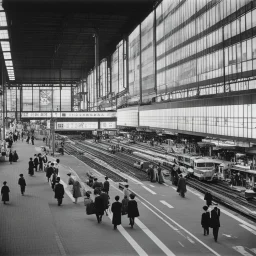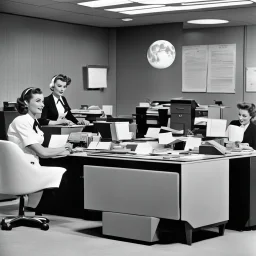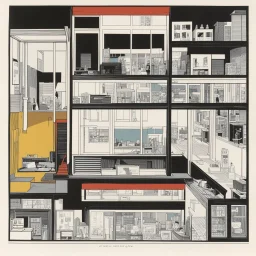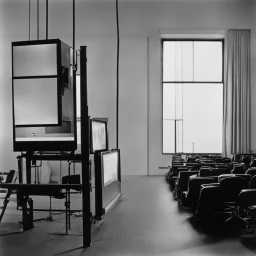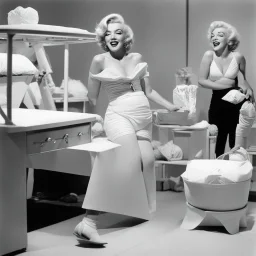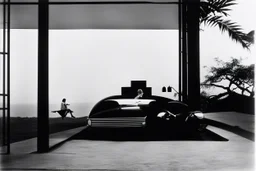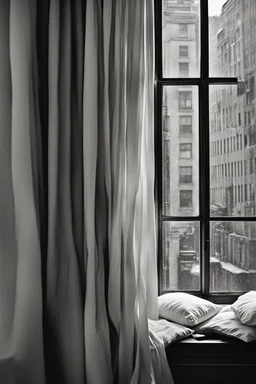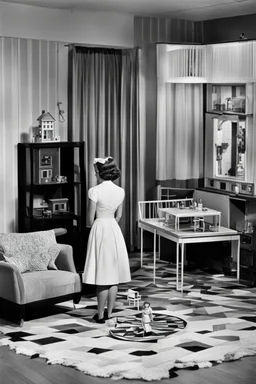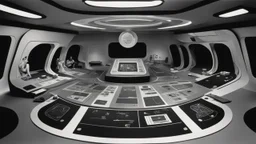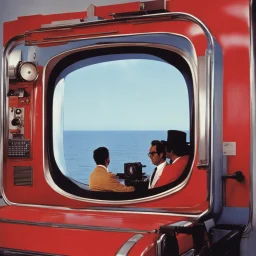

@generalpha
Prompt
two people dressing into clothes pile of clothing which lay on the ground within a store front booth window as people walk by in the city sidewalk 1960s futuristic city glass cubes people inside laughing children within glass cubes
statue, doubles, twins, entangled fingers, Worst Quality, ugly, ugly face, watermarks, undetailed, unrealistic, double limbs, worst hands, worst body, Disfigured, double, twin, dialog, book, multiple fingers, deformed, deformity, ugliness, poorly drawn face, extra_limb, extra limbs, bad hands, wrong hands, poorly drawn hands, messy drawing, cropped head, bad anatomy, lowres, extra digit, fewer digit, worst quality, low quality, jpeg artifacts, watermark, missing fingers, cropped, poorly drawn
11 months ago
Model
SSD-1B
Guidance Scale
7
Dimensions
1024 × 1024
